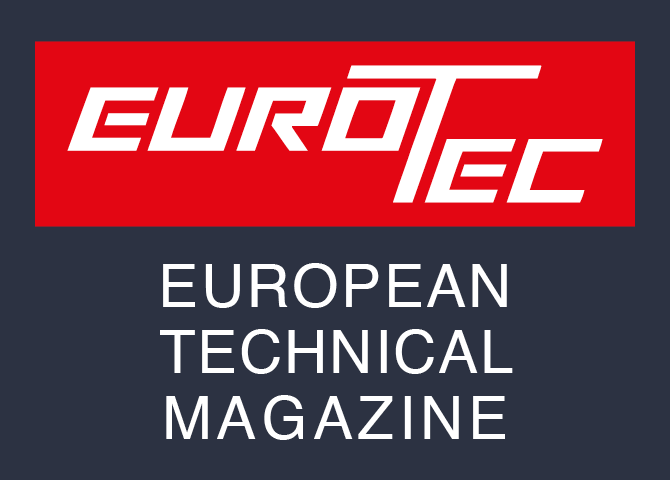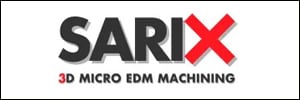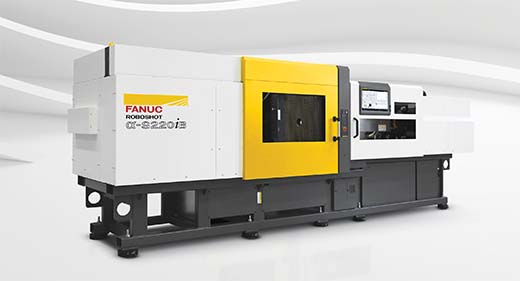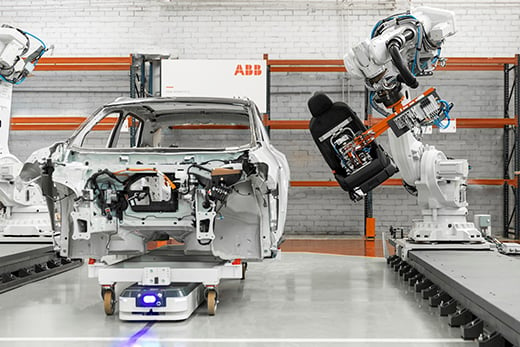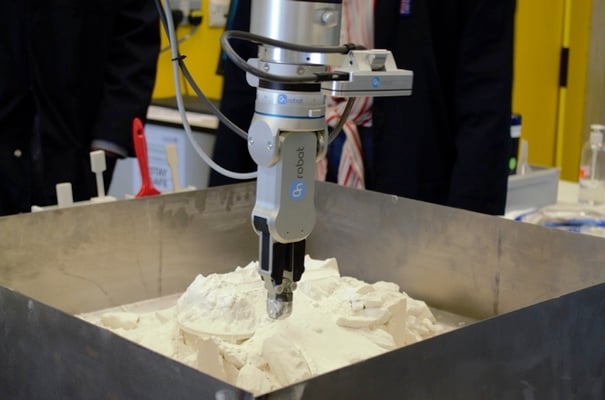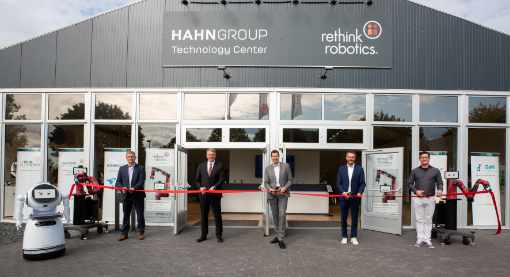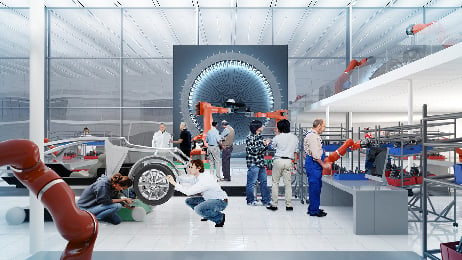Students of the ETH project Dyana are fusing animation and robotics together to create a cat-like character with realistic movements. To manufacture their intricate prototype, Andrina Grimm and her team also rely on Sintratec’s 3D printing technology.
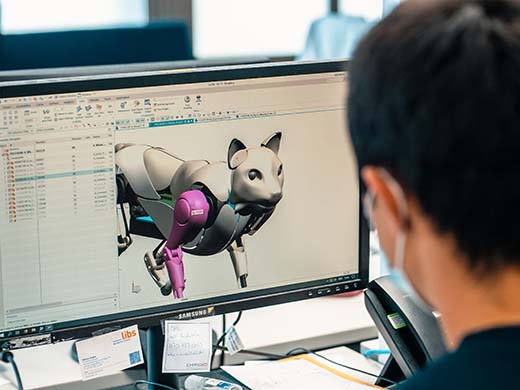
A unique animatronics Project
Dyana began in autumn 2020 as an interdisciplinary focus project of the ETH Zurich and 3 other Swiss universities, in which 14 bachelor students were to design and build a unique robot. Engineering student Andrina Grimm is responsible for the mechanical and design team and worked on the implementation of the shell. «Our vision is to combine the field of animation and characters from movies, with robots that are agile and able to move around in the real world», Andrina says. In this field of so-called Animatronics, the team is tackling a specific problem: How to play back computer animated movements by a walking robot in the real world.
Creating a Character in 9 months
As with most student projects the timeframe was tight. «It was a big challenge for us to build an entire robot from scratch – with our own legs, hips and shoulder mechanisms – in just 9 months», Andrina emphasizes. As Dyana is intended to be a character, who can display different emotions, particular focus was given to the design of the exterior. It quickly became clear that 3D printing was essential to realize the intricate aesthetics of the cat-like body in time. «We decided early on that we wanted to use the freedoms we get through additive manufacturing», Andrina says.
More freedoms, more iterations
For the construction of their prototype the team used different 3D printing technologies: Multi Jet Fusion (MJF), Fused Deposition Modeling (FDM), and Selective Laser Sintering (SLS). «Our three criteria for the 3D printing material were the weight, design freedom and short manufacturing time so we could iterate more quickly», Andrina explains. «For our shell for example we used very light parts, because we didn’t want to add more mass to the whole system.» SLS proved to be the ideal choice for those specific material requirements.
Laser sintered robot thighs
Sintratec supported the project by sponsoring 3D printed components that were laser sintered on the Sintratec S2 system. «The SLS technology was used for the thighs and shoulders», Andrina says. «With PA12 we get parts that are sturdy enough for the robot to sustain impacts, yet flexible enough to support curved surfaces.» After spray painting and adding a silicon pad, the thighs were attached to Dyana. Thanks to the second batch, the students can now thoroughly test the movements of the robot with a fast replacement available in case of breakage.
Commonly, the shell of robots is made out of molded thermoplasts. Dyana impressively demonstrates that there are other – perhaps even better – ways. «In our project, we showed that it is possible to use 3D printing as a shell for a robot which has not been done before», Andrina summarizes. «I certainly think it has huge potential in the field of robotics.» With the project continuing as the bachelor’s thesis of several students, we look forward to hearing more from Dyana in the near future!
